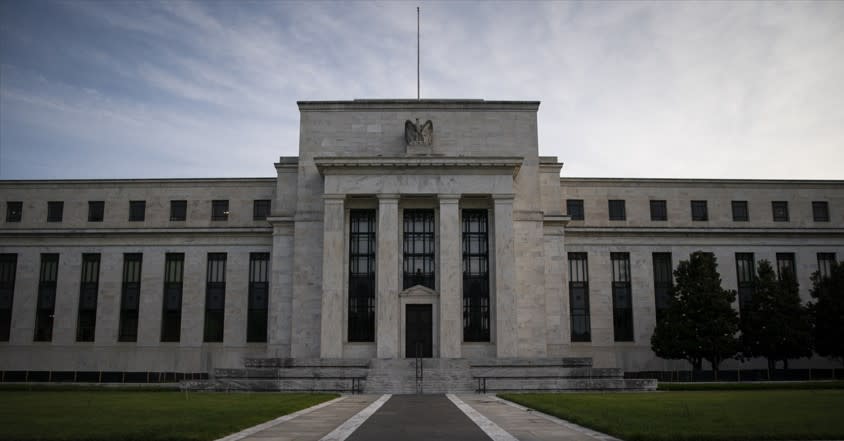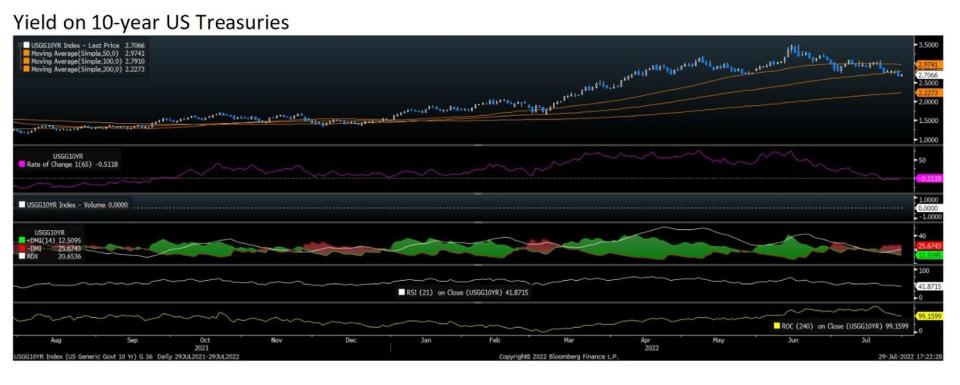As US treasury yields abate, REITs could rebound, STI to stay rangebound

Yields on 10-year US treasuries have fallen boosting S-REITs but STI to stay rangebound
Yields on the 10-year US treasuries have eased. Technically, the chart of the 10-year yield shows a series of lower highs and lower lows as the 10-year yield falls below supports and its moving averages. This weakness could be positive for interest-rate sensitive securities such as bonds, hybrid securities such as perpetual securities and, of course, S-REITs.
For S-REITs in particular, REITs with sound capital management strategies, diversified assets, diversified tenants, good tenant covenants, and strong and committed sponsors are likely to be the most resilient. At this point, traders and investors may be sector agnostic, as falling yields could lift the asset class. However, as with market structures, blue chips move ahead, and the equivalent of penny stocks could lag.
Movements of the 10-year yield could be quite volatile despite technical indications of an easier phase. Although the Federal Funds Rate (FFR) is set to move higher, traders and market players are likely to battle it out based on views of whether the recessionary phase or soft patch persists versus those who think inflation is likely to spiral out of control. At present, the recessionary phase may stay the hand of the Fed.
The Straits Times Index gained 30 points week-on-week to end the July 25-29 period at 3,211. The negative cross between the 100-day and 200-day moving averages was at 3,230, and the STI stopped near this level before retreating. In the next week or so, the index is likely to bounce around, with no clear direction as indicators remain mixed. Short-term RSI has moved to the high end of its range, and quarterly momentum has been unable to break above its equilibrium line.
As such, the STI may trade within a range. Support has been established at 3,095. The Right Timing report of July 23 placed resistance at 3,260, and it is likely to remain at this level.
In terms of sectors, other interest-rate sensitive stocks could be tech-related stocks or stocks that have rich valuations which have tumbled. For instance, iFAST Corp had at one point fallen by more than 60% from its $9.94 high, and may attempt a further rebound from current levels.
On the other hand, the local banks, which have benefitted from higher policy rates as evidenced by the net interest income of United Overseas Bank, are likely to turn somewhat volatile.

See Also:
Click here to stay updated with the Latest Business & Investment News in Singapore
Upside risk on US treasury yields favour risk assets and cyclical sectors: JPMorgan
Get in-depth insights from our expert contributors, and dive into financial and economic trends

 Yahoo Finance
Yahoo Finance 